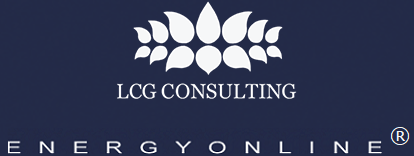|
News
|
LCG, October 7, 2025--Greenflash Infrastructure, L.P. ("Greenflash") today announced that it has successfully closed a hybrid tax capital and debt financing for Project Soho - a 400MW / 800MWh standalone battery storage project in Texas.
Read more
|
|
LCG, October 6, 2025--Vistra today announced that the Federal Energy Regulatory Commission (FERC) approved Vistra's acquisition of certain subsidiaries owning seven natural gas generation facilities from Lotus Infrastructure Partners. The acquisition was announced last May, and Vistra expects the transaction to close this quarter or during the first quarter of 2026. Vistra's acquisition remains subject to approval by the New York Public Service Commission and other customary closing conditions.
Read more
|
|
|
Industry News
Cheaper, Plastic Solar Cells to Come
LCG, April 1, 2002-- Semiconducting plastics may make solar cells easier and much cheaper to make.Researchers from the University of California, Berkeley and Lawrence Berkeley National Laboratory have developed a nano-scale combination of conducting rods and liquefied semiconducting plastic. The neophyte cell produces a tiny bit of electricity and will take a decade or so of development before being applied commercially. However, the use of specially designed and carefully manipulated molecules have opened up the range of possibilities for solar cells, which up to now have been most successfully made from silicon. The Berkeley team, headed by Paul Alivisatos, receives federal funding from the National Renewable Energy Laboratory, less than $300,000 for three years. According to the Sacramento Bee, Alivisatos says that the group's photovoltaic process could be used in small applications within 2 to 5 years. Silicon and other crystalline semiconductors are costly to produce because of their high melting temperatures and the need for extremely "clean" production conditions. Recently discovered plastic semiconductors are much cheaper to produce.While today solar energy involves the roundabout process of heating water into steam to power electricity-producing turbines, solar cells sidestep the turbine and convert the sun's rays directly into electricity. U.S. and Japanese researchers, including University of California, Santa Barbara professor Alan Heeger, shared the Nobel prize in 2000 for plastic conductivity.
|
|
|
|
UPLAN-NPM
The Locational Marginal Price Model (LMP) Network Power Model
|
|
|
UPLAN-ACE
Day Ahead and Real Time Market Simulation
|
|
|
UPLAN-G
The Gas Procurement and Competitive Analysis System
|
|
|
PLATO
Database of Plants, Loads, Assets, Transmission...
|
|
|
|
|
